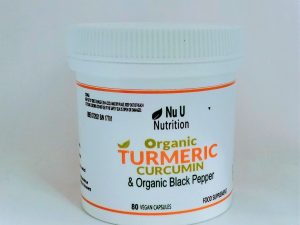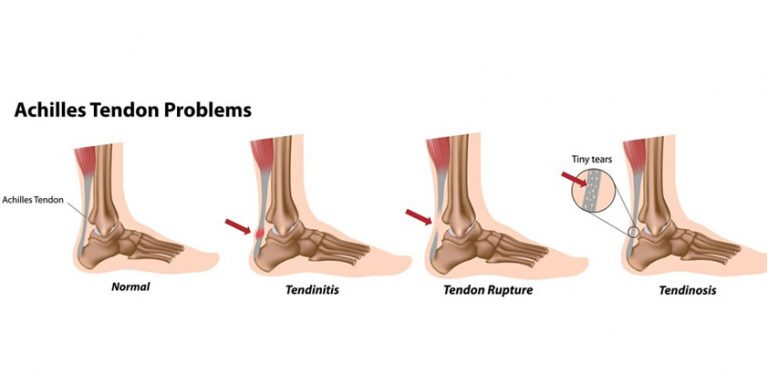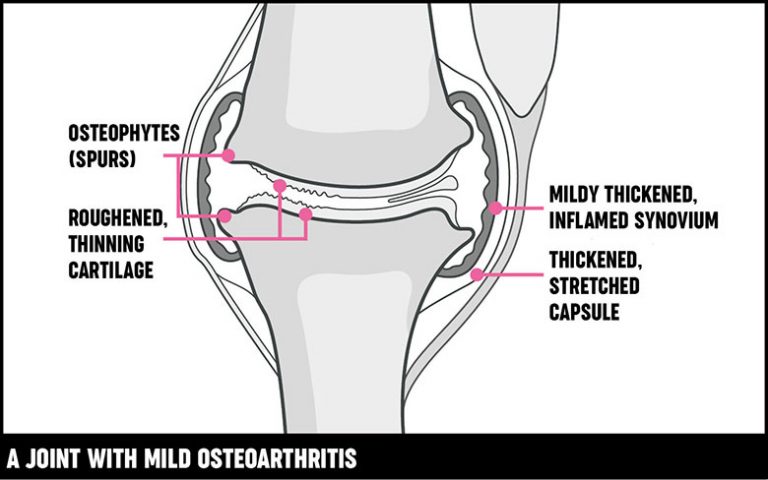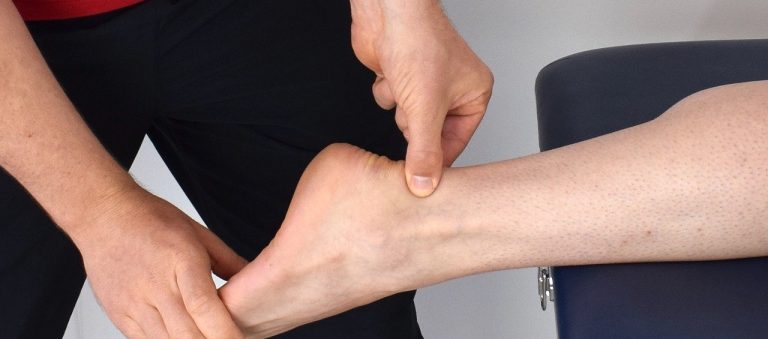What is gout and how can you manage it?
It’s the most common type of inflammatory arthritis. It’s more common in men and you’re more likely to get it as you get older. When you have gout, urate crystals can build up in your joints for years without you knowing they are there. When there are a lot of crystals in your joints, some of them can spill out from the cartilage into the space between the two bones in a joint. The tiny, hard, sharp crystals can rub against the soft lining of the joint, called the synovium, causing a lot of pain swelling and inflammation. When this happens, it’s known as an attack or flare of gout.

1. Symptoms
The joints become;
- very painful
- tender
- hot
Urate crystals can also collect outside of the joints and can be seen under the skin, forming small, firm lumps called tophi. You can sometimes see the white colour of the urate crystals under the skin.
2. Risk factors
-Family history
-Being overweight– The more overweight you are, the more urate your body produces, and this may be more than your kidneys can cope with.
-Gender and age – Gout is about four times more common in men than women. It can affect men of any age, but the risk is greater as you get older. Women rarely develop gout before the menopause because the female hormone oestrogen increases how much urate is filtered out by the kidneys.
-Taking certain medications – Some medications can reduce your kidneys’ ability to get rid of urate properly. These include diuretics, and several tablets for high blood pressure, including beta-blockers and ACE inhibitors.
-Other conditions – Several different conditions are linked to raised urate levels. This could be because they affect the way the kidneys filter urate, or because they cause more urate to be produced in the first place. They include chronic kidney disease, high cholesterol and fats in the blood, high blood pressure and type 2 diabetes
3. What can trigger a gout attack?
Several things can cause the crystals to shake loose into your joint cavity, triggering an attack. These include:
–a knock or injury to the joint
–having an operation
–having an unusually large meal, especially a fatty meal
–drinking too much alcohol
–dehydration
4. Remedies and what to avoid
–Limiting alcoholic beverages and drinks sweetened with fruit sugar (fructose).
–Limiting intake of foods high in purines, such as red meat, organ meats and seafood, sweetbreads and gravies.
–Exercising regularly and losing weight. Keeping your body at a healthy weight reduces your risk of gout. https://www.mayoclinic.org/diseases-conditions/gout/diagnosis-treatment/drc-20372903
–Apply ice to the joint – Cold therapy can offer significant pain relief by decreasing inflammation and dulling pain signals. If this treatment works for you, you can apply the cold pack intermittently throughout the day for 10 to 20 minutes at a time. See When and Why to Apply Cold to an Arthritic Joint
–Elevate the joint – Propping up the affected joint can ease pressure and reduce pain. If your big toe is affected (about half of all gout cases affect the big toe), prop it up on a pillow or footstool.
–Drink plenty of water – Staying hydrated helps flush out uric acid (the cause of your joint pain) and prevent kidney stones, another possible problem associated with high uric acid levels. Aim for eight to 16 cups of fluids a day, at least half of them water.
5. Food supplements for relieving gout
Turmeric Curcumin with Organic Black Pepper has been known for its medicinal properties for ages. Curcumin, the active ingredient in Turmeric, acts like an antioxidant, helping to neutralise the risk of free radicals.
As a result you find that taking a turmeric supplements helps your kidneys to function effectively, and in doing so uric acid may remain at a healthy level. Healthy, efficient kidneys are a crucial function in the treatment of gout, acting as a “filter” for uric acid crystals.
By now we’ve examined strong evidence that turmeric is likely to be beneficial for the joint inflammation associated with gout.
In 2013 two scientists based in Belgium published the results of an ongoing experiment involving turmeric and gout. Out of the 19 patients involved, 17 of them reported “dramatic” improvements with their condition. Interestingly, these patients started to report improvements in as little as 24-48 hours after treatment commenced.
Perhaps even more reassuringly, after the study a number of patients opted to continue with this treatment over the long term. Of these individuals, the majority reported that they were “satisfied” with the impact after a full 6 months of ongoing treatment. https://www.simplysupplements.co.uk/healthylife/healthy-joints/benefits-of-turmeric-for-gout
Our supplement includes black pepper, which helps in the efficient absorption of curcumin in the body. Black pepper also has anti-inflammatory properties on its own, making the combination of Turmeric Curcumin with Organic Black Pepper the ultimate anti-inflammatory.
Check it out in our Shop

Or Buy Now!

Knowledge is power. We believe in helping prospective buyers make an informed decision before purchase. We also invest time on researching quality supplements with a proven record that will show results to my esteemed clients.





